AKA: Night of the Vampire
Director: Michio Yamamoto
Writer: Ei Ogawa, Hiroshi Nagano
Cast: Yukiko Kobayashi, Yoko Minazake, Atsuo Nakamura, Kayo Matsuo, Akira Nakao, Jun Usami
Running Time: 71 min.
By Kyle Warner
Vampires don’t have a long history in Japanese cinema. Though Japan does import Dracula and vampire tales from overseas, the ol’ bloodsuckers just don’t have much of a connection to Japanese culture and have never secured that much of a foothold in theatres there. Supernatural horror in Japan is usually of the ghost and evil curse variety, often dealing directly with old folklore. One of the most adapted stories in Japanese horror cinema is 1825’s play Ghost of Yotsuya and you can trace a pretty direct line between it and modern Japanese horror like Ringu and Ju-On. This is at least part of the reason why Toho’s vampire trilogy from the 70s, known as The Bloodthirsty Trilogy, stands out in such a way, because you can’t track that line of influence between it and any other Japanese film that came before or after it.
The 70s Bloodthirsty Trilogy was not the first example of the vampire movie in Japan – 1959’s The Lady Vampire is recognized as the first, but that came out more than a decade before The Bloodthirsty Trilogy and any link is likely a tenuous one. And though the Bloodthirsty Trilogy was popular enough to see three films get made (they were not originally intended as a trilogy, it seems), they didn’t leave a lasting impact by setting a trend of similar vampire horror tales in the country. The Bloodthirsty Trilogy exists as a curiosity, this strange slice of horror that came at the start of Toho’s downward slope in the 70s as they struggled to keep up with TV and international competition. And, speaking personally, it’s a trilogy of films that I have always wanted to see but never expected would get an official release in the US. Opening the set, excitedly watching the first weirdo film of the trilogy, it’s a moment that reminded me of what a huge film nerd I really am.
The first film of the trilogy, The Vampire Doll (aka Legacy of Dracula and The Night of the Vampire but more accurately translated from its original Japanese title as Haunted House of Terror: Bloodsucking Doll), plays like a vampire movie made by people who’d never seen a vampire movie before – but in a good way. Vampire stories cover so much of the same ground that it’s refreshing to see something with its own ideas and set of rules. The film begins with Kazuhiko (Kwaidan’s Atsuo Nakamura) taking a taxi cab through a thunderstorm to reunite with his beloved fiancé Yuko Nonomura (Destroy All Monsters’ Yukiko Kobayashi) at her family’s woodland mansion. Upon Kazuhiko’s arrival, he is met by Yuko’s mother, Mrs. Nonomura (A Man Called Tiger’s Yoko Minakaze), who tells him that her poor beloved daughter recently died in an automobile accident. Depressed and disbelieving, Kazuhiko goes to sleep in the stately western style manor, only to be drawn from his bed soon after by a peculiar sound. He follows the sound to Yuko’s room, where a rocking chair seems to be moving by itself. He checks around the room and—gasps!—Yuko is hiding in the closet, apparently very much alive. Kazuhiko blacks out and when he awakens he is unable to convince anyone of what he sees. Soon after, he sees his departed love again and embraces her. But we see what he cannot; the glowing eyes, the bloody mangled arm, and the cruel intent on her face.
And just like that it’s no longer Kazuhiko’s movie anymore. If Vampire Doll takes notes from any horror movie, it’s not Dracula but maybe Psycho. From here, our main character is now Kazuhiko’s sister, Keiko (Teenage Yakuza’s Kayo Matsuo). Her brother has not been heard from since he left to visit Yuko and it’s been almost a week. Worried, Keiko and her boyfriend Hiroshi (Beyond Outrage’s Akira Nakao) set off to the Nonomura mansion in the countryside, looking for answers. Mrs. Nonomura says that Kazuhiko left soon after he arrived and retells the tragedy of Yuko’s unfortunate death. Sensing more to the story, Keiko and Hiroshi seek to unravel the mystery, and in doing so draw the ire of a creepy house full of secrets and tempt fate with the beautiful undead Yuko who still haunts the grounds.
It’s a pretty short film but it’s one that’s full of story. It’s not a complex story – characters that are hiding something are easy to spot and others are startlingly forthcoming with their strange obsessions. At one point, Keiko and Hiroshi go to meet the doctor who announced Yuko dead, only for him to confess his interest in the occult and tell his story about witnessing a ghost during WWII. I didn’t find the film particularly scary but that does not figure into whether or not I like a horror film. I liked The Vampire Doll quite a lot. It has a strange dreamlike quality that I really dig.
Despite the title, no dolls actually suck anybody’s blood in any literal sense. There are two dolls in the film which are important to the story, however I won’t go into explaining why and how. But for those concerned about, I don’t know, vampire Chucky? Yeah, that’s not what’s going on here. Yuko is only a vampire in a very loose sense, but this too is all right by me. She’s undead and leaves some bloody gashes on the necks of her victims, but she does so mostly via the use of a knife. Again, vampires have little history in Japan, so I’m not surprised that garlic, sunlight, crosses, and all the other old rules didn’t really come up in this interpretation.
The Bloodthirsty Trilogy is often cited as being influenced by Hammer horror films, particularly the Dracula films starring Christopher Lee. Perhaps this is more apparent in the sequels, Lake of Dracula and Evil of Dracula, but in Vampire Doll that influence is mostly just in set design and mood. The story feels unique to itself in vampire lore. I detect more Poe in the story than Stoker. One of the most western horror ideas to creep into the story is the role of the ‘harbinger’ gas station attendant who comes this close to telling Keiko and Hiroshi, “You don’t wanna go down that road.”
Every entry of The Bloodthirsty Trilogy was directed by Michio Yamamoto. If the name doesn’t sound familiar to you, don’t feel bad. He directed all of six features and otherwise mostly worked in TV. The Vampire Doll was only his second directorial effort and the third film of the Bloodthirsty Trilogy would be his last, so it was a curiously short filmmaking career. Before becoming a director, he learned from some of the best working as an AD under the likes of Akira Kurosawa (Throne of Blood) and Kihachi Okamoto (Samurai Assassin). Yamamoto’s direction of Vampire Doll is confident, moody, and strange. And though it appears as though the film was not blessed with one of Toho’s bigger budgets, it still manages to look quite good, with nice cinematography by Kazutami Hara (The Return of Godzilla) and some stylish editing from Koichi Iwashita (Ikiru).
The cast is pretty good, too. I think Yoko Minakaze is laying it on a little thick as the creepy Mrs. Nonomura but then I guess you could say the same for Bela Lugosi. I enjoyed the mostly silent performance of Yukiko Kobayashi as the beautiful monster. And Matsuo and Nakao make for likable heroes.
The ending doesn’t make the most sense to me, though the horror effects are satisfying. It’s one of those endings where it leaves the audience to fill in the blanks, which may be intentional but perhaps not. There is also a quick shot of animal cruelty that I simply cannot abide and feel compelled to knock off at least half a point. But mostly I thoroughly enjoyed my time watching The Vampire Doll and look forward to finally seeing the other two films. The Vampire Doll’s mystery is routine but the genre rulebook doesn’t apply like it does with most vampire movies, making the film unpredictable and surreal.
Kyle Warner’s Rating: 7/10


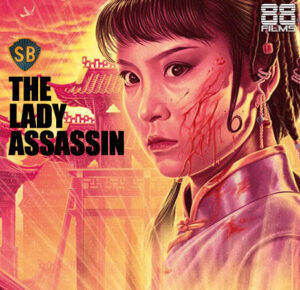


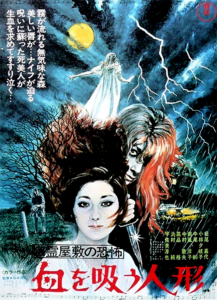
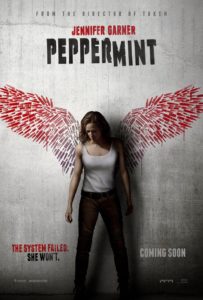

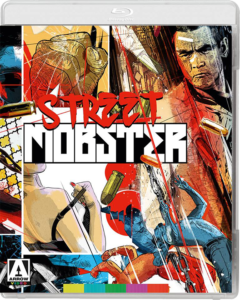

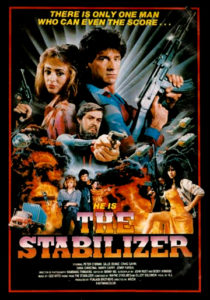
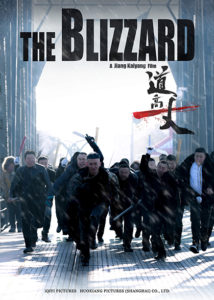
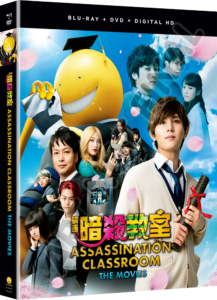
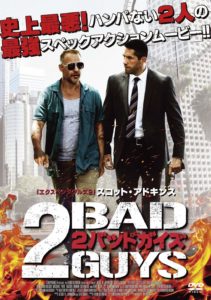
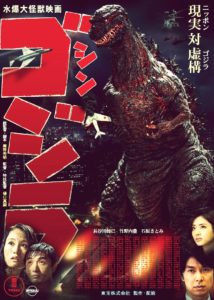
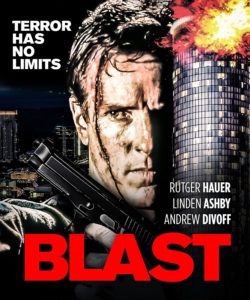
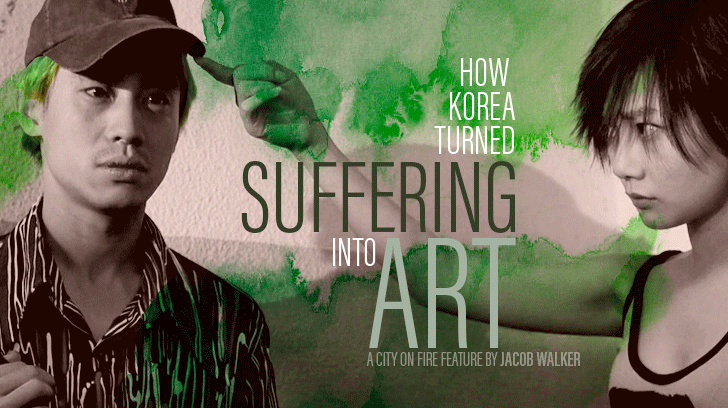 Korea is obsessed with suffering. That is a strong statement but one that is justifiable if you are a fan of South Korean cinema. North Korean cinema could indeed be the subject of its own article with both Kim Jong-un and his father being huge cinephiles, but the films are hard to find and my knowledge of its intricacies is lacking, so I will just stick to the cinema of the South. Of course like any film producing nation South Korea releases a wide range of genres from romantic comedies to historical fiction, however what they have become famous for are hard hitting dramas, revenge pictures and horror. I would argue that horror elements run through the majority of their most famous films and it is what has made them popular with western audiences ever since
Korea is obsessed with suffering. That is a strong statement but one that is justifiable if you are a fan of South Korean cinema. North Korean cinema could indeed be the subject of its own article with both Kim Jong-un and his father being huge cinephiles, but the films are hard to find and my knowledge of its intricacies is lacking, so I will just stick to the cinema of the South. Of course like any film producing nation South Korea releases a wide range of genres from romantic comedies to historical fiction, however what they have become famous for are hard hitting dramas, revenge pictures and horror. I would argue that horror elements run through the majority of their most famous films and it is what has made them popular with western audiences ever since 
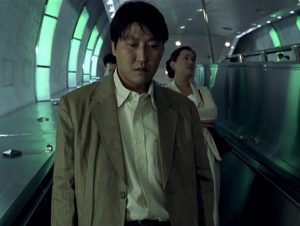
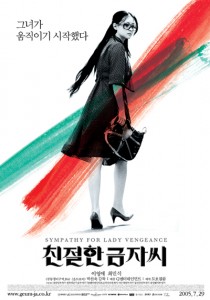
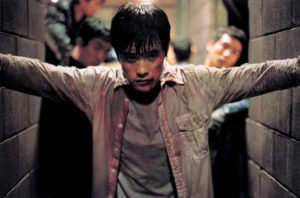
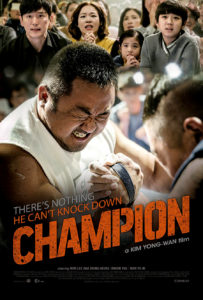
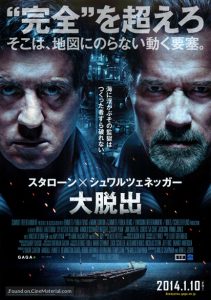
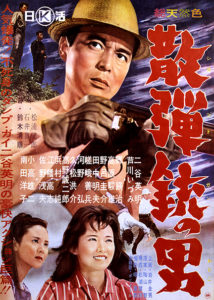




Be the 1st to Comment